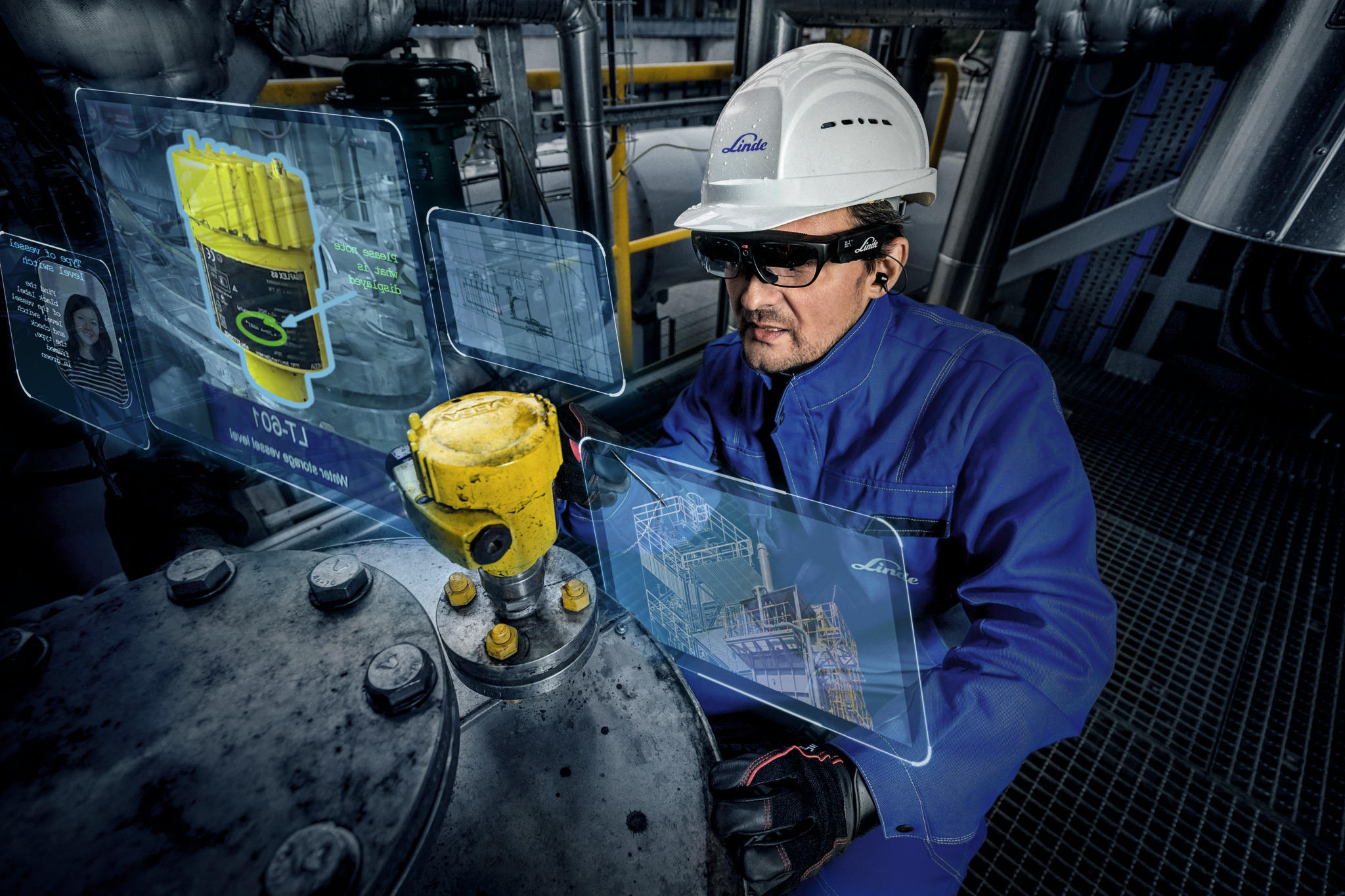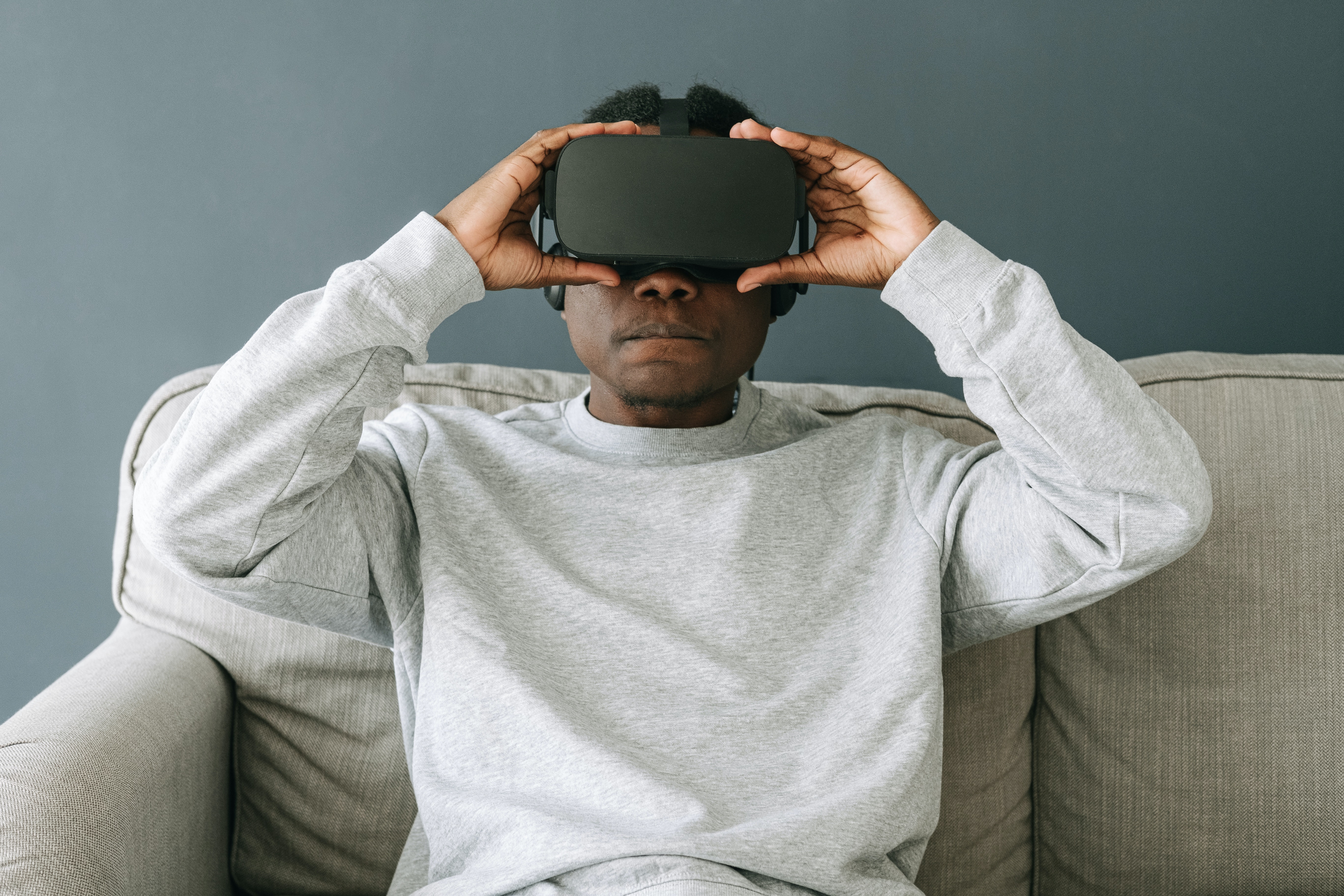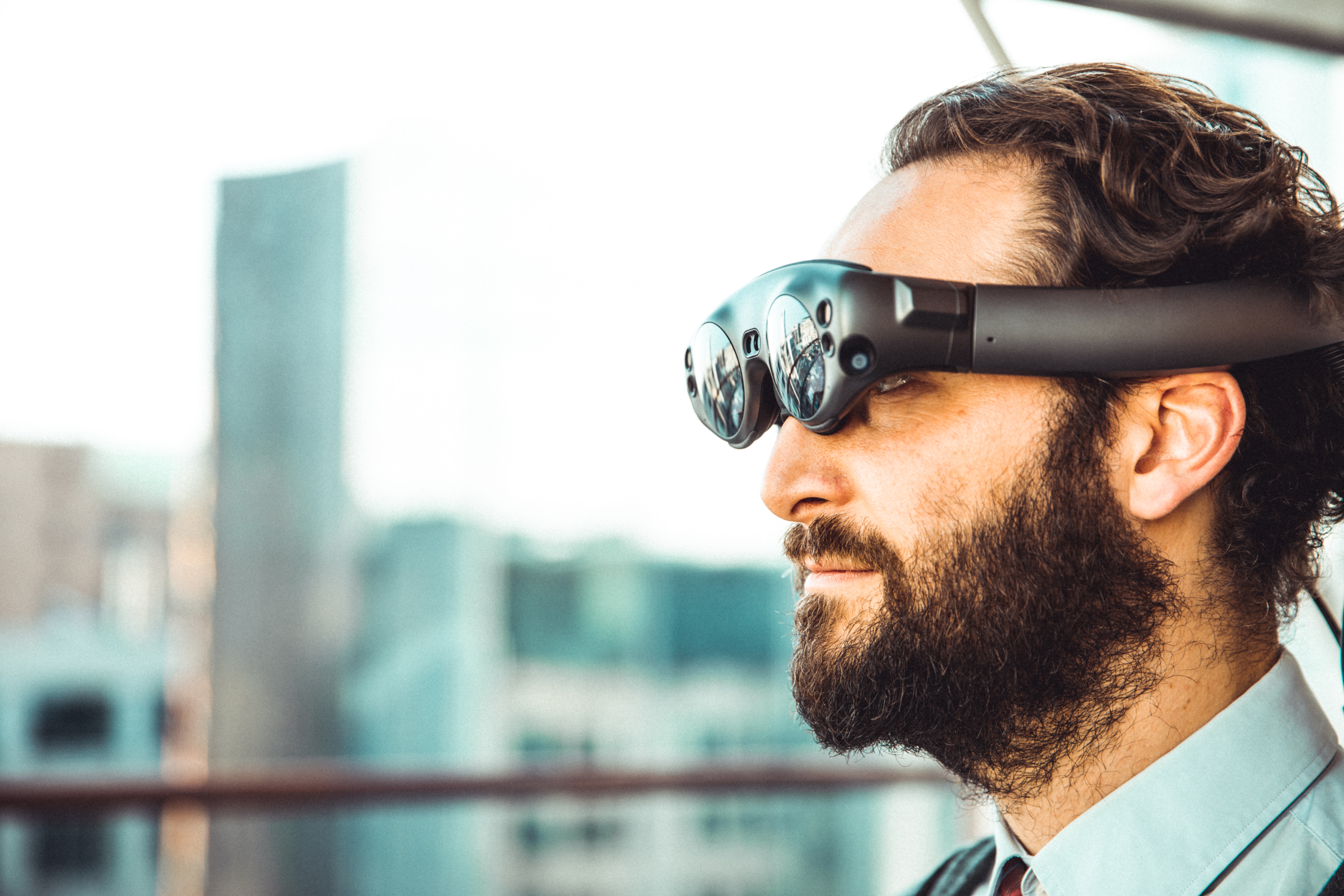
February 8, 2022
Virtual and augmented reality: improving industrial plant revamps
Revamp projects in industrial plants are complex and must be carefully planned. With all the challenges that could arise, it is crucial to be as prepared as possible. It may be useful to foresee some things that could happen during an upgrade to prevent losses. Luckily, solutions don’t always have to be complex.
Industrial plant revamps can easily be simplified merely by embracing virtual and augmented reality. Today’s blog will explain why augmented and virtual reality are better than CAD models, the differences between the two realities, and the pros and cons of revamping your plant using these technologies.
Revamps and CAD models
Industrial plant revamps usually require staff to travel, spend extensive time on site, access documentation, and take pictures of different assets. Computer-aided design (CAD) models can generally simplify this process. CAD software is used to create digital 2D drawings and 3D models before building work starts. CAD models have some limitations. They have a couple of flaws when created and when used. The first flaw is the low geometric accuracy, and the second is the poor quality of the visualisation of the final model. Outdated CAD software is usually why the precision isn’t sufficient. As a result, the creation of a 3D model is mainly based on proximity and it usually doesn’t look exactly like the plant once built. There are better ways to simplify the building process, namely virtual and augmented reality. Each has its own advantages, so let’s consider these revolutionary technologies.
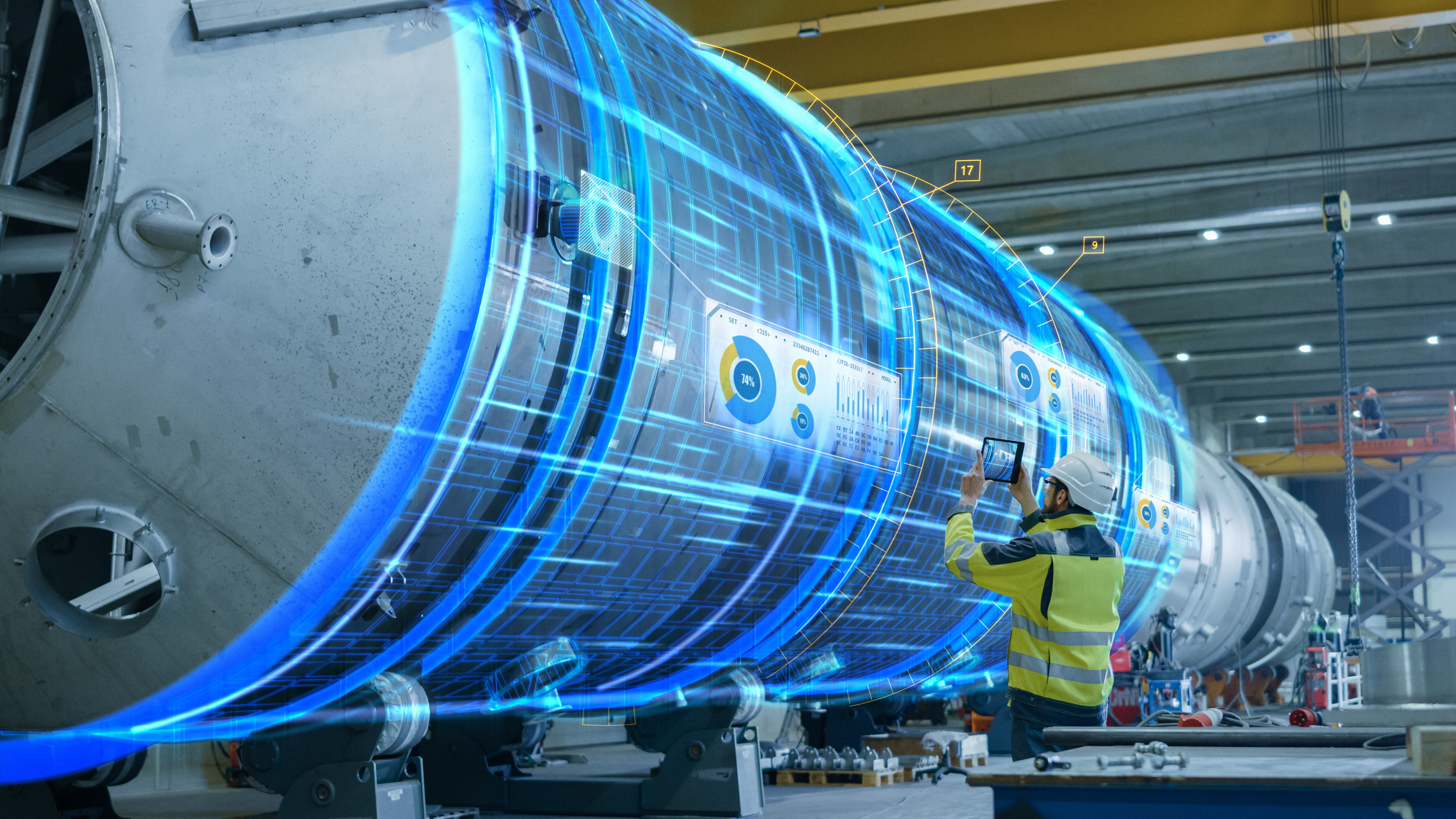
Industrial plant revamp is a complex procedure and it can be simplified by virtual and augmented reality.
The differences between the two realities
We often talk about virtual reality (VR) in our articles, so now it’s time to describe augmented reality (AR). According to PTC: “Augmented reality is a highly visual, interactive method of presenting relevant digital information in the context of the physical environment – connecting employees and improving business outcomes.” Simplified, the most significant difference between the two is the environment. In VR, the user’s avatar is inside a virtual environment, in our case, a virtual replica of an industrial plant. In AR, the user sees the real environment through AR glasses or on a tablet but various objects are rendered as interactive 3D virtual models. So, VR requires a simulated scenario, whereas AR is based on the real world. For example, AR can be used to train plant operators. It tracks their steps through a plant and acts as a visual and audio guide to lead them through a task. No manuals are needed. Could this technology be used in an upgrade? Let’s find out.
Virtual and augmented reality in industrial plant revamps
With the rapid evolution of VR and AR, it is clear that the oil and gas industry can now benefit even further, beyond operator training. Here, we will point out two of the most important benefits of VR and AR compared to CAD models.
- Accuracy – CAD models can sometimes be outdated, making it really difficult to plan a revamp precisely. Using AR or VR, a plant can be simulated and shared in real time, making either form of reality a single go-to tool to guide the decision-making process of stakeholders. Moreover, construction workers have a clear image of what they are working on and know what tasks to do when. VR and AR provide a reliable reference for planning their next actions.
- Immersion – While CAD models are detailed, they simply can’t compare to AR or VR. On the one hand, in VR, the user is surrounded by a virtual plant identical to the real one. In contrast, the real industrial plant is right there and all around them in AR. Both realities enable new objects to be simply dragged and dropped from the interface to the site. Moreover, the user can view and measure objects that would be almost impossible to measure in reality, such as columns.
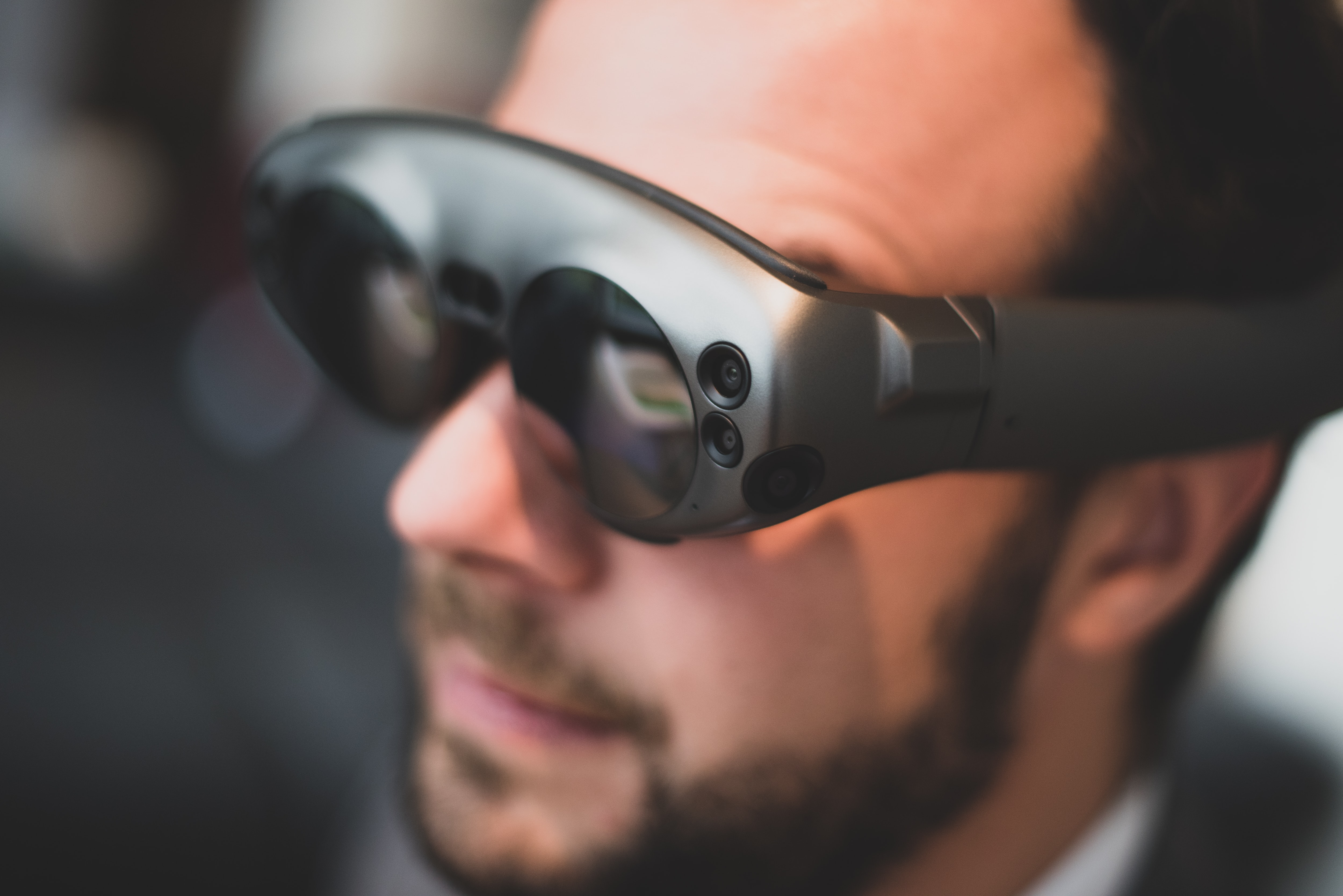
Virtual and augmented reality can play an important role in planning the next move during a revamp.
Use cases of AR in other industries
A great example of AR is Ikea Place, an AR application released by the Swedish giant in 2017, which allows customers to visualise how a sofa, a wardrobe or perhaps, a lamp would look like in their actual home. They can experiment with different designs, sizes and colours, simplifying the shopping process. Subsequently, many eyewear brands started using AR applications to let users try on as many models as they wanted before buying. The footwear industry copied the idea with AR apps that customers can use to try on different shoes before making a purchase. What were the results of these experiments? Happy customers, significantly fewer returns, and boosted profits for all of these tech-savvy companies.
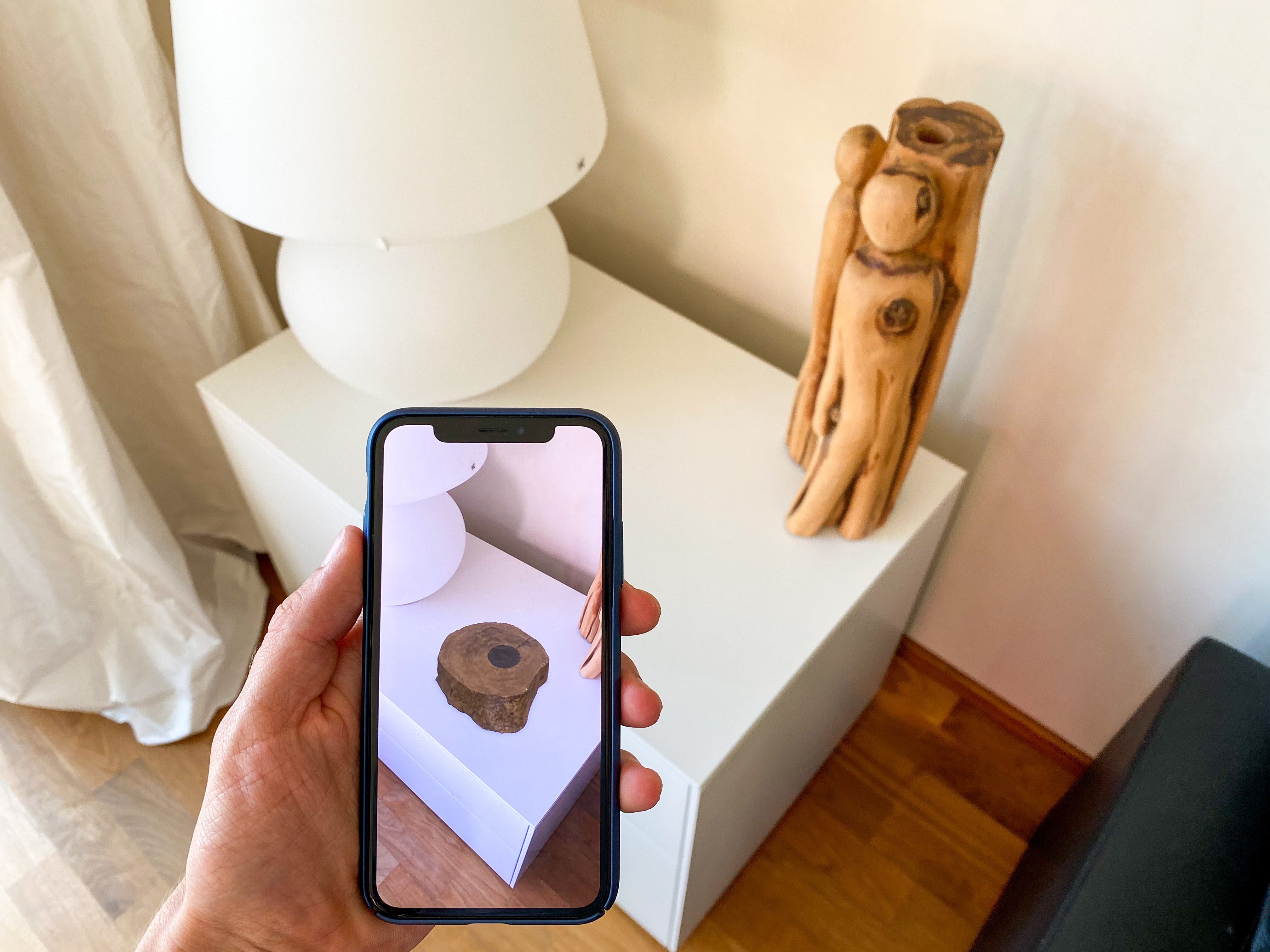
Applications like Ikea Place already proved the potential of augmented reality in improving customer experience and reducing costs.
Is it really worth it?
VR and AR are smart investments for your business. They are so versatile that they can be used for operator training and also for more complex procedures, such as renovating an industrial plant. If done right, the planning process can be used repeatedly with only a few tweaks. Moreover, VR and AR could optimise the use of your assets or even reduce costs. Could this be the new, improved age of upgrading industrial plants?

